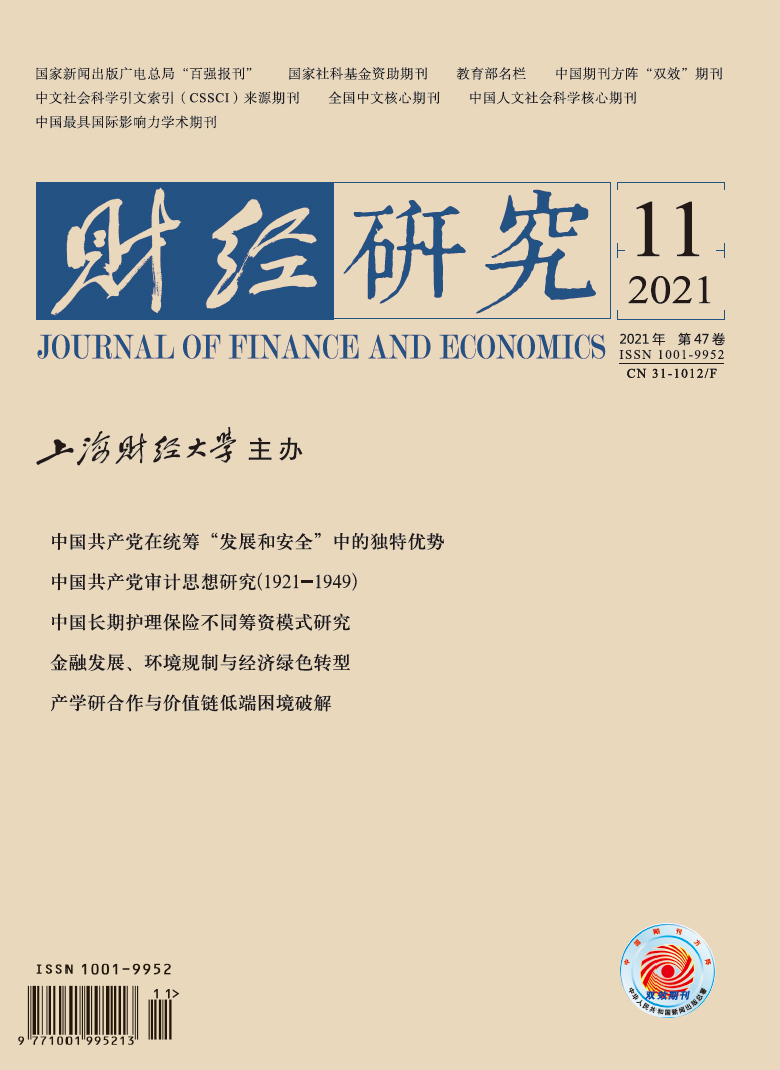Establishing a long-term care insurance (LTCI) system covering the whole people and balancing urban and rural areas is an important strategic plan for China to deal with the aging and disability of the population. Since the establishment of the LTCI system at the national level in 2016, China has 49 pilot areas for LTCI by 2020. Each pilot area is seriously fragmented, and the financing model of LTCI has not yet been finalized. So what is the financing model of LTCI that suits China’s national conditions? In addition, different financing models have their own advantages and disadvantages. The optimal financing model may depend on economic, social and demographic factors. Since the fund funded system does not have the function of mutual assistance in social insurance, this paper limits the financing model of LTCI between the pay-as-you-go system and the mixed system. Which one is optimal for the long-term sustainable development of China’s LTCI? Starting from the evolutionary law of the health status of elderly individuals, this paper explores the operation of China’s LTCI system under different financing models.
This paper uses multi-period micro-tracking survey data, through the continuous time homogeneous Markov process and the generalized linear model, to describe the movement law of the health status transition of the elderly in China, and combines the seven census data and the age shift algorithm to calculate the size and structure of the disabled elderly population from 2020 to 2040. Further, based on the social insurance actuarial balance theory, a dynamic actuarial model under the pay-as-you-go system and three mixed systems is constructed to simulate the equilibrium premium rate and payment amount of LTCI for urban employees and urban and rural residents in the next 20 years. The study finds that, in terms of the size of disabled population, the female elderly are the main body of disabled population; the scale of disabled population in urban areas is significantly higher than that in rural areas. The main reason is that rural-urban migration has made urban elderly population larger, and the urban disability rate is higher than that in rural areas. In addition, in terms of funding pressure, the study shows that at any time and under any financing model, the relative payment pressure of LTCI for urban employees is significantly lower than that of urban and rural residents, but the absolute payment pressure is slightly higher than that of urban and rural residents. Finally, in terms of the selection of financing models, this paper believes that LTCI for urban employees should adopt a mixed system, and LTCI for urban and rural residents should adopt a pay-as-you-go system.
The contribution of this paper is mainly reflected in two aspects: First, at the level of empirical research, it combines macro and micro data to describe the evolution of the health status of the elderly from the micro level, predicts the size of disabled population in China from the macro level, and finally establishes a LTCI system that covers the entire population. This not only deepens the research on individual health, but also enriches the research results in the social insurance actuarial field. Second, at the policy level, based on the results of the research, it provides an optimal financing model for LTCI for urban employees and LTCI for urban and rural residents. This optimal model can alleviate the payment burden of financing entities and enhance the stability of the LTCI system. It has important practical significance for the work focus and further promotion of China’s LTCI system.






 5716
5716  9384
9384

